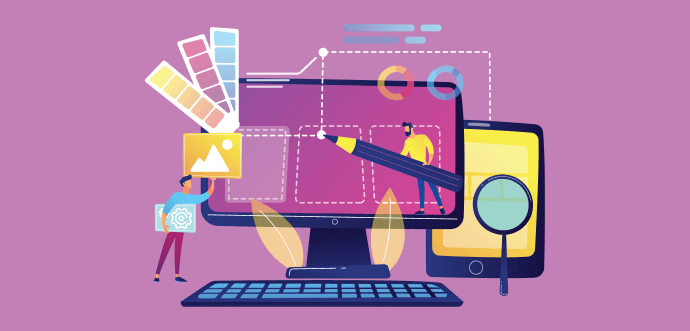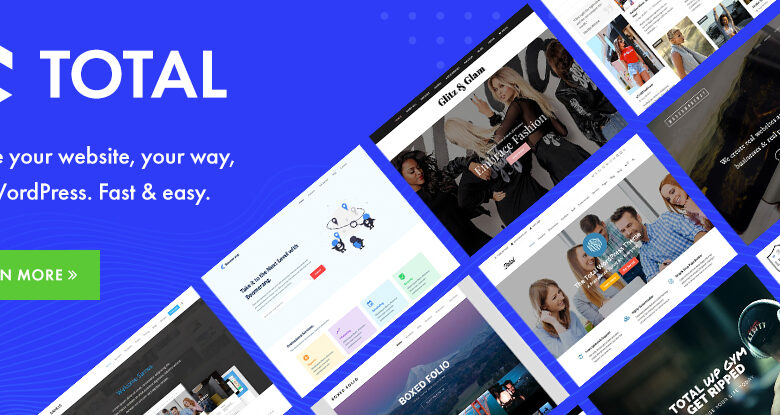Effective Strategies for Improving Web Content Personalization

Personalization of web content is becoming increasingly important for businesses to gain – and maintain – their competitive advantage. Web personalization is key to increasing conversion rates and return rates, as well as boosting retention, time-on-site, and page views, according to a December 2015 VentureBeat study, which noted that 87 percent of companies have seen a lift of at least 5 percent in their most important metrics as a result of personalization.
But personalization efforts are no longer solely the bailiwick of marketing. To be successful, IT, design and marketing must work together. Research firm Gartner noted that teamwork is needed in order to evaluate solutions, source data, manage and consolidate the application portfolio, and integrate solutions.
This collaborative effort is predicted to be fruitful. Gartner estimates that by 2018, CIOs who build strong relationships with CMOs will be able to drive a 25 percent improvement in return on marketing technology investment. Furthermore, those firms that that incorporate personalization into digital commerce will realize revenue increases up to 15 percent.
“Personalization enables sellers to remain competitive and drive customer satisfaction, loyalty and advocacy, as well as increase profitability,” Gartner noted. “Consumers who have personalized experiences spend more. Companies that incorporate personalization into B2B digital commerce strategies will make their business customers more efficient, provide a better customer experience and increase the likelihood of greater purchase value as well as upselling and cross-selling — all leading to greater revenue.”
Creative Bottleneck Drives Companies to a Screeching Halt
While the benefits and projected ROI described by Gartner and others are enticing, web personalization programs are very resource intensive. Developers must build code for alternate experiences, then marketers must generate the appropriate content. But as they work together, it quickly becomes apparent that there’s a creative bottleneck.
There are many content optimization/personalization tools – such as Maxymiser, Optimizely, Adobe Target, Ensighten – available today that offer WYSIWYG (What You See Is What You Get) editors to help speed coding and development. But the creative bottleneck stubbornly remains. It all boils down to manpower. With current tools, companies can create great personalization or A/B test ideas. But they are unable to execute on them because the creative team does not have the vast number of people, the time or the resources to develop what’s needed. Effective web personalization needs more than even infinite manpower can be expected to achieve.
For many companies, it’s a Catch 22. The more successful they are in their optimization program, the harder and more resource-intensive it will be to scale and maintain. This is especially true as personalization becomes increasingly granular, requiring even more content catered to the individual user.
The Green Light for Improved Web Content Personalization
So, how can your company scale up its web content personalization initiatives without hiring an army of creative folks? Here are some strategies that can help you achieve optimal web personalization:
- Start with A/B Testing – Most A/B testing tools enable you to add segments to your experiments to get insight into how different audiences are behaving in response to each experience. Tools like Maxymiser will automatically find the relevant segments and present them to you. But with some others you have to add the segments ahead of time, which can be guesswork. A/B testing your way into personalization is a great way to back into a personalized site, while also gathering data ahead of time about which personalization strategies are most effective for future use. Of course this leaves out many possibilities as some personalization strategies can’t be backed into. But A/B testing is a great way to increase your ROI with limited resources.
- Increase the Number of Experiences per Test – Many tests are only run with the default experience and a single alternate. This is fine for UX changes where only a single alternate makes sense. But if your goal is personalization, you should add more experiences since you never know what may garner responses from different segments of traffic. Instead of two experiences, try four or more. This approach will give you more chances to find something relevant to your core segments.
- Know Who Your Visitors Are – The more you know about your visitors, the more opportunities you will have for personalization. This may sound obvious, but from my experience, it’s often overlooked. In addition to the typical temporal, behavioral and browser-level attributes you are looking at, see what other data is available about your visitors, including information that other internal teams may control. For instance, your CRM probably contains a wealth of information about your visitors’ gender, purchase history, campaign engagement and more. Several data management platforms (DMPs), such as Oracle Bluekai and Adobe Audience Manager, and even some tag management tools, like Ensighten and Tealium, can help you onboard and make use of this data in your A/B testing tool for segmentation and targeting.
- Leverage Dynamic Content Creation Tools – You need to remove the limitations associated with manually creating and managing content, and instead take a programmatic approach to those tasks. Tools, such as Cloudinary, automate the process of creating and delivering images dynamically. Simply changing the URL of the image and applying custom parameters right in the image URL will enable you to build a new, customized image on the fly, without creative team involvement. You can reuse existing creative content and transform it to fit your current requirements by re-sizing, cropping, overlaying text and other images, adding borders and more. Taking this step will enable you to scale and execute your personalization strategy by eliminating that creative bottleneck. If you cannot automate content creation, you’ll remain limited not only in the tests you can execute, but in those that you can fully scale going forward after winners are determined.
For web personalization and content optimization to be successful, you must take a broader approach – looking across your organization to encourage closer collaboration between IT, design and marketing. By working in tandem, and leveraging a number of tools available on the market for testing, dynamic content creation and automation, your company can deliver content that is tailored to a wide variety of users, which will in turn translate into more sales, greater return on investment and a stronger, long-term relationship with your customers.
About the Author
Robert Moseley is a senior solutions engineer at Cloudinary.





I would love to see or hear of an example of how this works in the wild. I get it abstractly, but how about a story that shows a practical implementation of personal content? Thanks.